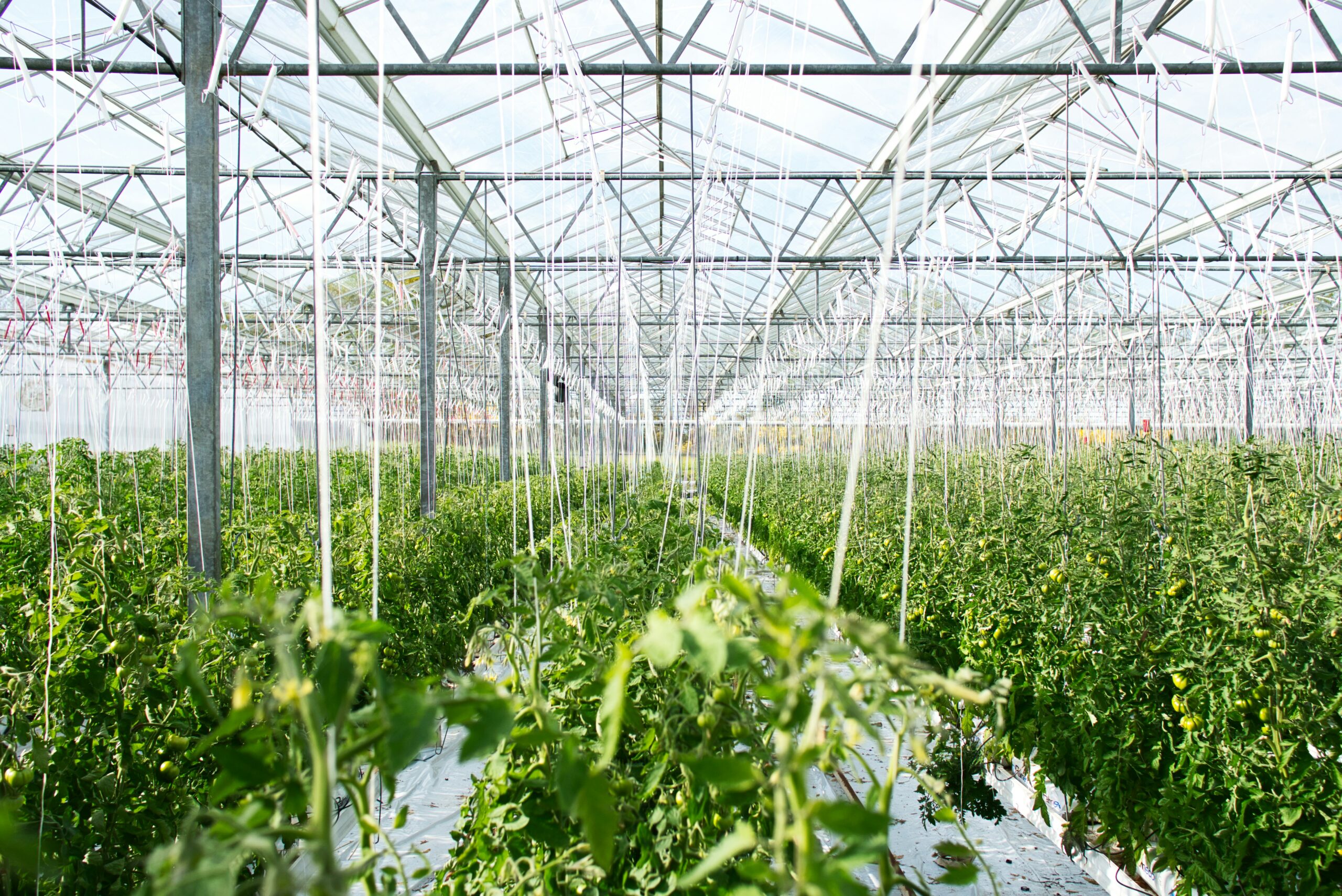Introduction
Can AI Solve World Hunger? The Role of Technology in Agriculture. World hunger remains one of the most pressing global challenges of our time. According to the United Nations, over 700 million people suffer from hunger worldwide. As the global population continues to grow, reaching an estimated 10 billion by 2050, food security is becoming an even more critical issue. Traditional farming methods alone are no longer sufficient to meet the increasing demand. This is where Artificial Intelligence (AI) and other advanced technologies step in. But can AI truly help solve world hunger? This blog explores how AI is revolutionizing agriculture and whether it can be a sustainable solution to global food shortages.
Table of Contents
How AI is Transforming Agriculture
AI is playing a crucial role in modernizing agricultural practices, making them more efficient, sustainable, and capable of producing higher yields. Below are some of the key ways AI is being utilized in agriculture:
1. Precision Farming
AI-powered precision farming allows farmers to analyze soil conditions, weather patterns, and crop health in real-time. Drones equipped with AI and computer vision help identify nutrient deficiencies and pest infestations before they become major problems. This data-driven approach reduces waste and maximizes yield.
2. Smart Irrigation Systems
Water scarcity is a significant challenge in agriculture. AI-driven irrigation systems use real-time weather data and soil moisture sensors to optimize water usage. These systems ensure that crops receive just the right amount of water, reducing waste and conserving resources.
3. AI-Powered Pest Control
AI can help detect pest infestations early through image recognition and predictive analysis. For example, AI models can analyze satellite images or drone footage to identify signs of pest activity. This allows farmers to take action before an outbreak devastates entire crops, reducing reliance on chemical pesticides.
4. Automated Farming Equipment
Self-driving tractors, robotic harvesters, and automated weed control systems are transforming large-scale farming operations. These AI-driven machines reduce labor costs and increase efficiency, making food production more sustainable and accessible.
5. Supply Chain Optimization
AI helps streamline supply chains by predicting demand, managing inventory, and reducing food waste. By using AI-driven analytics, food producers and distributors can better manage transportation and storage, ensuring that food reaches those in need more efficiently.
AI’s Role in Fighting Global Hunger
While AI has significantly improved agricultural productivity, can it truly eradicate world hunger? The answer lies in how effectively these technologies are implemented across different regions.
Bridging the Digital Divide
Many developing countries still lack access to advanced technology, internet connectivity, and AI-driven solutions. Governments, NGOs, and private organizations must work together to bridge this digital divide by providing resources, training, and affordable AI-powered tools to small-scale farmers.
Reducing Food Waste
According to the Food and Agriculture Organization (FAO), one-third of all food produced globally is wasted. AI can help by predicting food demand, optimizing distribution networks, and detecting spoilage in storage facilities. This can ensure that surplus food is redirected to those who need it the most.
Improving Crop Resilience
AI-powered genetic research is helping scientists develop drought-resistant and climate-resilient crops. These AI-designed crops can withstand extreme weather conditions, ensuring consistent food production even in challenging environments.
Early Hunger Prediction
AI models can analyze economic, climatic, and agricultural data to predict food shortages before they happen. This enables governments and humanitarian organizations to take preventive measures and distribute aid more effectively.
Challenges of Using AI in Agriculture
Despite the promising advancements, there are several challenges that must be addressed before AI can be a definitive solution to world hunger:
- High Implementation Costs – AI-driven agricultural solutions require significant investment, making them inaccessible to small-scale farmers in developing countries.
- Lack of Technological Infrastructure – Many rural areas lack internet access and electricity, which are essential for AI-powered farming solutions.
- Data Privacy Concerns – The use of AI in agriculture requires large-scale data collection, raising concerns about data security and farmer privacy.
- Resistance to Change – Traditional farmers may be hesitant to adopt AI-based practices due to a lack of knowledge or fear of job displacement.
Conclusion
AI has the potential to revolutionize agriculture and play a crucial role in addressing world hunger. From precision farming and smart irrigation to supply chain optimization and hunger prediction, AI-driven solutions are making food production more efficient and sustainable. However, for AI to be a truly viable solution, governments, tech companies, and humanitarian organizations must collaborate to ensure that these technologies are accessible to farmers worldwide. While AI alone cannot solve world hunger, it is undoubtedly a powerful tool that, when combined with policy changes and global cooperation, can bring us closer to a hunger-free world.
Useful Links:
- United Nations Food and Agriculture Organization (FAO) – https://www.fao.org
- World Food Programme (WFP) and AI in Agriculture – https://www.wfp.org
- AI and Sustainable Agriculture – Research by MIT – https://www.csail.mit.edu
Final Thought
“The war against hunger is truly mankind’s war of liberation.” – John F. Kennedy
Find more Tech content at:
https://allinsightlab.com/category/technology/

